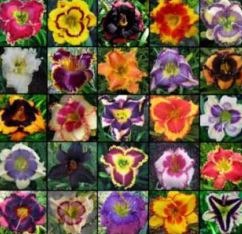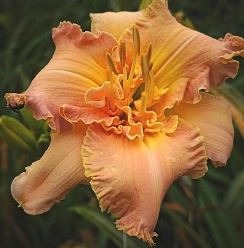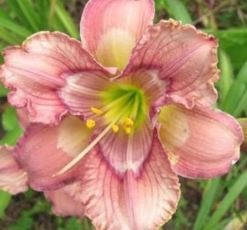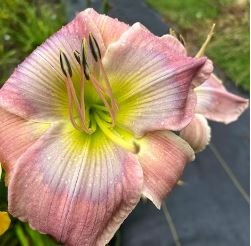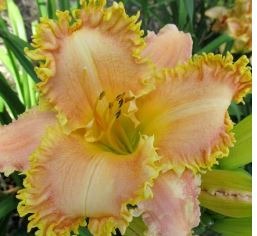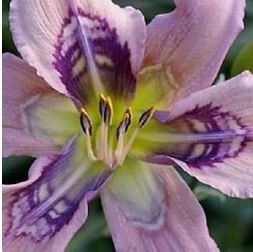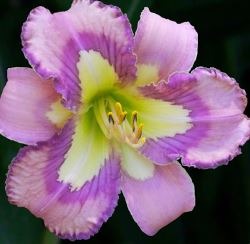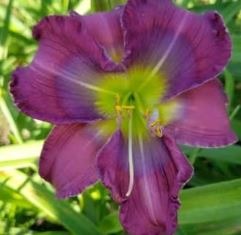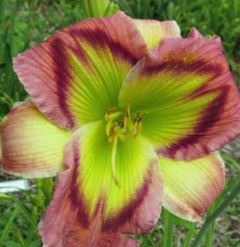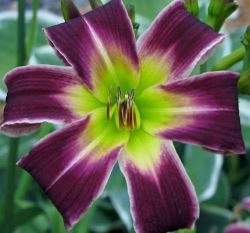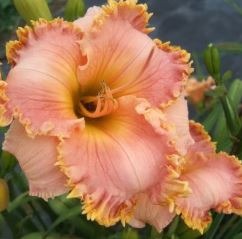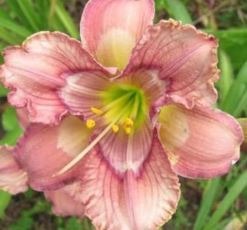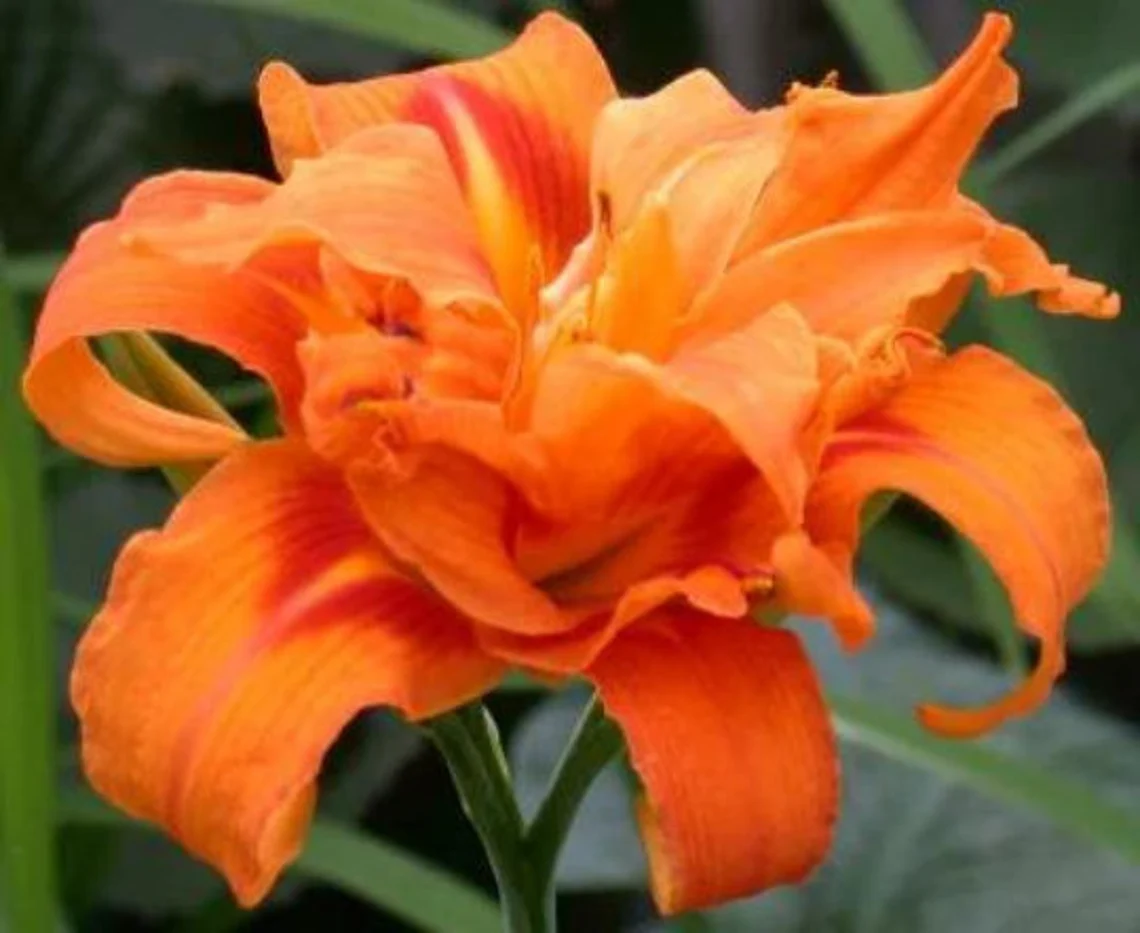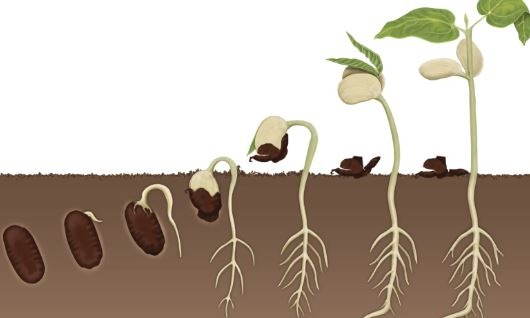All about Daylilies
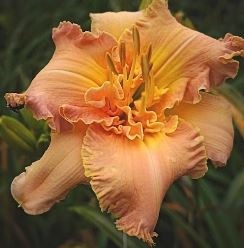
Daylilies are a popular choice among gardeners and horticulturists because of their vibrant colors and hardiness. One way to grow daylilies is by planting their seeds. Daylily seeds can be easily obtained from the plant’s spent flowers after they have bloomed. These seeds can be stored for up to a year before planting.
When it comes to planting daylily seeds, it’s important to note that they require a period of cold stratification before they can germinate. This means that they need to be refrigerated for several weeks before planting to simulate the winter season. After the cold stratification period is over, the seeds can be planted in a well-draining soil mix and kept moist until they germinate.
It’s also important to note that daylily seeds can take up to two years to produce plants that will bloom. This is because daylilies grown from seed need time to develop their root systems before they can produce flowers.
How to Tend to the Seeds
Taking care of daylily seeds involves a few important steps to ensure successful germination and healthy growth. Here’s a guide to help you:
- Harvesting the Seeds:
- Wait until the daylily flowers have withered and faded, and the seed pods have formed. The pods will turn brown and dry.
- Gently remove the seed pods from the plant. Be careful not to damage them.
- Place the seed pods in a paper bag or envelope and store them in a cool, dry place until you’re ready to sow them.
- Preparing the Seeds:
- Once you’re ready to sow the seeds, gently open the seed pods and collect the small black seeds.
- Remove any debris or chaff from the seeds, as they can hinder germination.
- Cold Stratification:
- Many daylily seeds require a period of cold stratification to break their dormancy and stimulate germination. This process mimics the winter conditions they would naturally experience.
- Moisten a paper towel and wring out the excess water. Place the seeds on the damp paper towel.
- Fold the paper towel and place it inside a sealable plastic bag. Make sure the seeds are spread out and not clumped together.
- Put the bag in the refrigerator and leave it there for 4 to 6 weeks.
- Sowing the Seeds:
- After the cold stratification period, remove the seeds from the refrigerator.
- Fill small pots or seed trays with a well-draining seed-starting mix.
- Place the seeds on the soil surface, spacing them apart to allow room for growth.
- Lightly press the seeds into the soil, but do not bury them too deep.
- Mist the soil with water to ensure it’s evenly moist.
- Germination and Seedling Care:
- Keep the pots or trays in a warm location with indirect sunlight. A temperature of around 70°F (21°C) is ideal for germination.
- Maintain the soil moisture by misting it regularly or using a gentle watering method.
- Germination typically takes 2 to 3 weeks, but it can vary. Be patient and continue to provide the right conditions.
- Once the seedlings have emerged, provide them with bright, indirect light.
- Transplant the seedlings into individual pots when they have developed a few sets of true leaves.
- Continue to provide adequate moisture, regular watering, and partial sunlight as the seedlings grow.
- Transplanting and Growing:
- When the seedlings are large enough and all danger of frost has passed, you can transplant them into a prepared garden bed or larger containers.
- Choose a location with well-draining soil and at least 6 hours of direct sunlight per day.
- Space the daylily plants according to their mature size, typically 12 to 24 inches apart.
- Water the transplants regularly, especially during dry periods, to help them establish their roots.
- Mulch around the plants to conserve moisture and suppress weeds.
- Monitor the plants for pests and diseases and take appropriate measures if needed.
- Daylilies generally don’t require extensive care, but regular watering, occasional fertilization, and deadheading spent flowers can promote healthy growth and blooming.
Remember that daylilies are known for their ability to hybridize easily, so the offspring of the seeds may not be identical to the parent plant. Enjoy the process of discovering new and unique daylily varieties through seed propagation.


